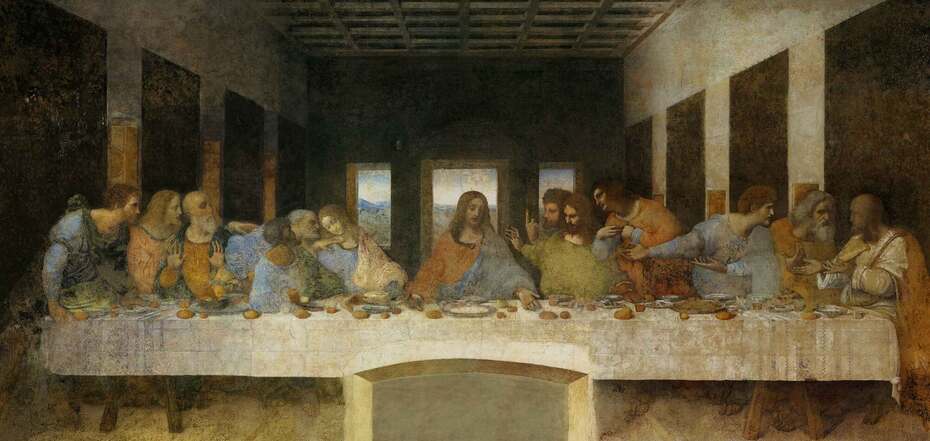News
Leonardo da Vinci seems to have left a message to his descendants with the exact date of the end of the world
Fans of apocalypse theories will be interested to know what puzzle the 15th-century genius "hid" in one of the most famous paintings. Researcher Sabrina Sforza Galitzia claims to have solved the puzzle back in 2010. "The Da Vinci Code is 'not the kind of code that became popular thanks to Dan Brown,' says the scientist, who previously studied Leonardo's manuscripts at the University of California, Los Angeles, and now works in the Vatican archives.
Sforza Galitzia found out that the end of the world due to a global flood will begin on March 21 and end on November 1, 4006. After that, a new era of humanity will begin. Da Vinci encrypted the message "so that he would not be attacked," Galitzia says.
According to her, the central crescent window above the image of Christ contains a "mathematical and astrological" riddle, which she deciphered. But what exactly the message was is unknown. It is noteworthy that some journalists say that Galitzia's evidence can be compared to the expression "Just believe me."
The mystery of "The Last Supper"
Leonardo da Vinci's "The Last Supper" fresco was created in 1495-1497 in the Dominican monastery in Milan by order of Duke Ludovico Sforza. The plot of the Renaissance pioneer depicts Jesus Christ with the apostles. A sorrowful feast on the eve of the crucifixion.
"The Last Supper" is one of the artist's most brilliant and mysterious works. The fresco was surrounded by legends from the moment of its creation to the present day. Art critics and historians are still researching the history, plot of the painting and its fate.
Leonardo da Vinci's Apocalypse
The outstanding artist devoted an entire section of his work to scenes of cataclysmic events, known as "Visions of the End of the World."
"In both his drawings and written works, Leonardo repeatedly addressed the theme of a catastrophic storm destroying the landscape," the website of the Royal Collection Trust says.
The theme of the end of the world was popular in society at the turn of the Middle Ages and the Renaissance. In addition, the "destructive moods" can be explained by the personal experience of the genius of the epochs as they appeared at the end of his life.
"This obsession can be seen as a deeply personal expression of an artist who saw some of his greatest creations unfinished or destroyed before his eyes, and who had a deep sense of the impermanence of all things, even the Earth itself," the Royal Collection said in a statement.



























